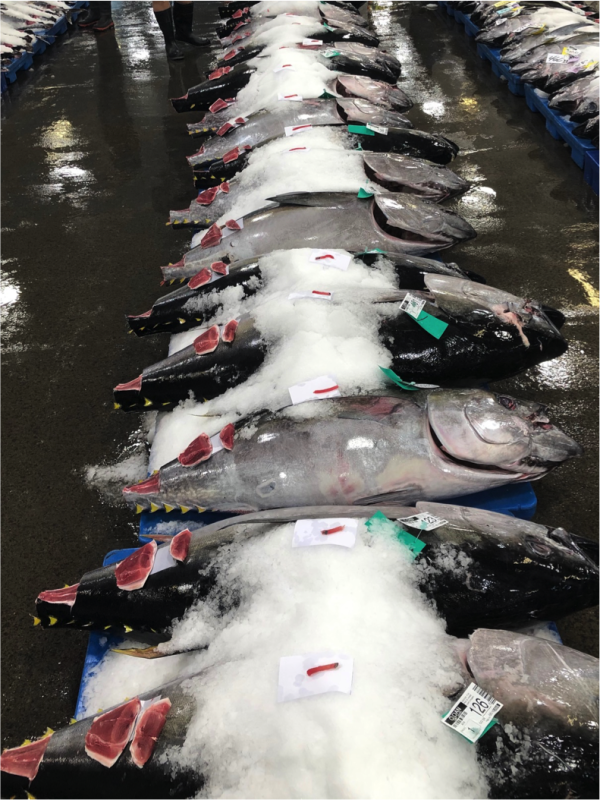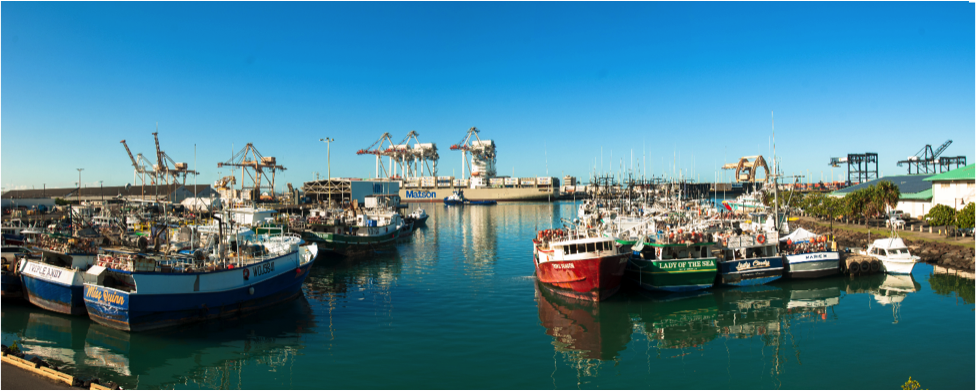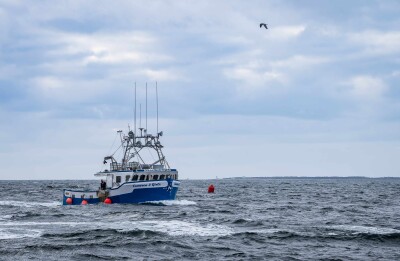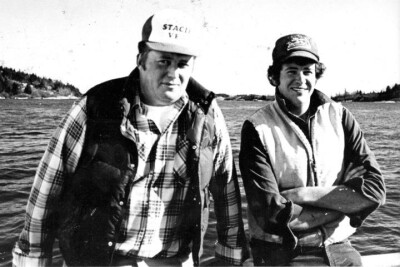Longline fishermen based in Hawaii will voluntarily switch to using monofilament leaders on their gear to promote shark conservation, the Hawaii Longline Association announced this week.
Based at Honolulu Harbor, the fleet of about 140 active vessels produces 90 percent of U.S. bigeye tuna and 50 percent of its swordfish and was sixth in landed value among U.S. ports with $100 million in 2018. The longline fishery is closely monitored and uses a suite of mitigation tools to reduce interactions with protected species.
That includes a 45-gram minimum weight on baited lines so they sink quickly and out of depths where seabirds forage and use of circle hooks to reduce interactions with sea turtles and false killer whales. But sharks are still more likely to be caught by circle hooks, according to the association.
“Hawaii longline vessels don’t retain sharks and most are released alive, but since most sharks are unable to bite through a wire leader, some sharks die on the line,” the group explained in a statement. “Unfortunately, this includes oceanic whitetip sharks, which are now listed as ‘threatened’ under the Endangered Species Act.”
That’s led to the move for switching from wire to monofilament leader material – to enable sharks to bite through the leaders just above the hooks, reducing the severity of the interaction. The mono leaders will also make it easier for fishermen to release any non-target species that come to the boats.
“Crew safety remains paramount, and the transition to monofilament leaders will be phased to ensure safety,” the association says. The group has set July 1, 2021 as the target date for completing the fleetwide conversion.
“This is an industry-led initiative to promote shark conservation and another example of the Hawaii longline fleet as a global leader in responsible fishing practices,” said the longline association Executive Director Eric Kingma.
The preferred habitat of the oceanic whitetip shark is in tropical waters between 10 degrees N and 10 degrees S, “where there are thousands of foreign longline vessels operating,” according to the association. “Less than 3 percent of Hawaii longline fishing effort occurs in the core habitat area for oceanic white tips.”
“While the Hawaii fleet fishes on the margins of oceanic whitetip preferred habitat, and our catch is relatively small compared to foreign fleets, which have much lower levels of monitoring than the Hawaii fleet, we’re taking this significant step to reduce our impact on this species and other sharks,” said Kingma.
For more than 20 years, the fleet has used around 18 inches of “steel trace” wire leaders between the hook and the 45-gram weight as a crew safety measure, to reduce the possibility of dangerous gear “fly-backs.”
“Gear fly-backs occur when stretched monofilament branch line breaks, or the hook straightens, sending the weight (and sometimes the hook itself) back to the vessel at high speed,” according to the association. “Even with the wire leaders, there have been numerous crew injuries from fly backs over the years.”
“Talk to any Hawaii longline fisherman about fly-backs and you’ll get an indication of the danger associated with weighted branchlines,” says Sean Martin, the association president.
“Crew safety remains our number one concern, so as we transition to monofilament leaders we will be developing and implementing procedures to minimize the safety risks,” says Martin. This will include procedures to send a sliding weight down the branchline when handling sharks and other large animals to minimize potential fly-backs.”








